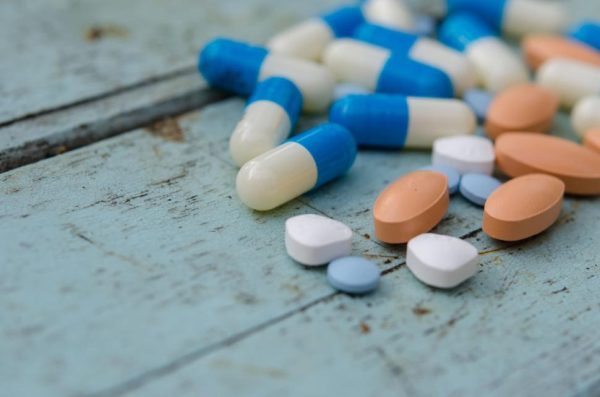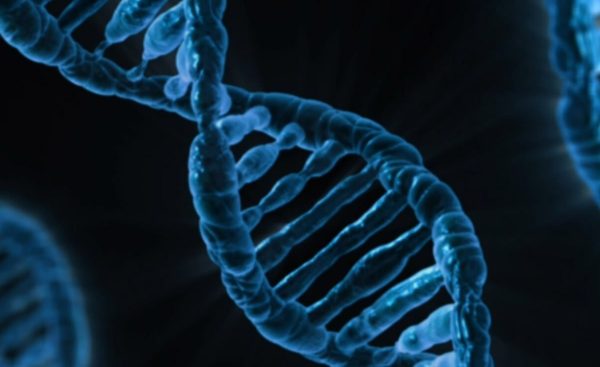Overuse of Water in Singapore
Courtesy of Singapore’s National Water Agency
This bar chart depicts Singapore’s water consumption issue as they make changes to decrease their consumption.
On average Singapore consumes 430 million gallons of water per day. With this much water being used there is no doubt that this problem is going to be overlooked.
Therefore, the city-state has created a plan to develop new technology to acquire clean water when it becomes scarce within a few decades.
Singapore already struggles with obtaining quality and natural water on its own as it is an island. However, the rise in temperature due to climate change has made it even harder for them to get the water that they need. According to Shane Snyder (an executive director for the Water Research Institute for Singapore) who was interviewed by CNN news reporter Zahra Jamshed, “Singapore truly has become a global water hub… it imports approximately 40% of its water today.”
Singapore isn’t the only country struggling with obtaining quality water, in fact, about ¼ of the world lives in areas with high demand for water which they can’t get. This is due to the consumption of water being greater than the earth’s supply. The earth can’t replace the water as quickly as we are using it.
Researchers at Snyder’s company are finding ways to make Singapore water independent so they have control on their water and aren’t just waiting for another country to bring it to them.
The country is known for its fountains, reservoirs, waterfalls, etc. but all these water structures aren’t using natural water. So the country is dependent on nearby countries to supply them with natural water. However, one method that the workers at Synder’s company have come up with is using carbon fiber aerogel. It is a small black sponge that can absorb water up to 190 times its own weight. It can clean the country’s wastewater – removing contaminants as well as microplastics – on a large scale.
The second method is to collect their rainwater. As of right now, they are collecting ⅔ of rainwater but they want to aim for 90% collection. While this sounds easy the country has a limited amount of land that gets rain (because it’s an island) as well as it lacks space to hold the water while it’s not being used.
The third method is to remove salt from the seawater that surrounds the country. While it’s not the most cost-efficient method it is a natural method for the country to use.
The last method is to simply reduce the amount of water that is being used. This is the most cost-efficient and long-term solution.
According to the International Water Association, they expect that by 2060 the Singapore water demand could be doubled. However, Singapore has taken action to create NEWater (water from rainfall) and remove salt from seawater. If they continue these methods along with the others listed above the country will be able to provide 85% of their own water demand.
In addition to the methods that researchers have created the country has come up with a 4 – step action plan. Beginning with Regenerative Water Services which would include a deep tunnel sewerage system that would use gravity to move wastewater rather than pumps of water moving it. Secondly, guiding developing businesses to invest in rain gardens to support the stormwater treatments. Third of all, Basin connected cities which would decrease the pollution to the water supply. Lastly, water-wise communities this step doesn’t seem to be in the near future however, they want to put a limit on the usage of water per city.






